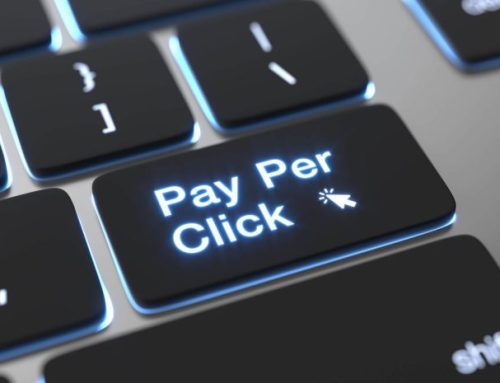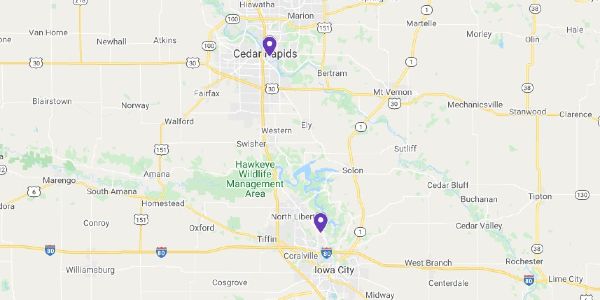Google’s search ranking algorithm is a constantly changing enigma, and it can be tough to stay on top of it. As Google ranks certain factors higher or starts to take other variables into consideration, it is important to ensure that your business’ website is up to best practices so when these changes get implemented you don’t see a drop in traffic.
Luckily, due to Covid 19 and other external factors, Google has pushed back their next algorithm update to June 2021 to give us more time to prepare, because it’s a big one. Google has dubbed it the Page Experience Update, and in this month’s Vortex Marketing post, we’ll go into detail about what this update brings and what you need to do to make sure your website is ready!
What is the Page Experience Update?
Back in July of 2018, Google started to integrate mobile and desktop page speed factors into its search result algorithm. The Page Experience Update, coming in June of this year, expands on this idea even more, by incorporating three Core Web Vitals metrics: LCP (Largest Contentful Paint), FID (First Input Delay) and CLS (Cumulative Layout Shift).
What is LCP (Largest Contentful Paint)?
The LCP metric measures how quickly the largest image or text block that is visible within the initial viewport loads for users.
The Largest Contentful Paint is an important metric because the largest section of the page is more than likely to be the first element a user sees, such as a large image. Google has determined that websites should strive to have an LCP of 2.5 seconds or less.
Essentially, this means that it is now more important than ever to ensure that the images on your website are sized properly for both resolution and weight. The larger an image is, the longer it will take to load, and the longer your LCP will be. So make sure your images are optimized!
What is FID (First Input Delay)?
The FID metric measures the time between when the website loads and when users can actually interact with the website. For example, this could be a measurement of the time until a user can actually click on a link or button on your website.
You don’t want users sitting waiting for the website to catch up as it’s loading, so Google has determined that your FID should be 100 milliseconds or less.
Ensuring your website has a fast FID is a little more involved than maintaining LCP, but it is still related to how fast the website itself loads. Some major factors that can slow down FID is if your website has a lot of plugins, modules, redirects or external links that slow down the load time of a page. The longer it takes for these external sources to load, the longer before your users can interact with your website!
What is CLS (Cumulative Layout Shift)?
Have you ever been on a website, about to click on a link, and all of a sudden the page shifts and you accidentally click something else? We have, and so has Google, which is why CLS is becoming an important metric regarding search ranking!
CLS is the measurement of the amount of unexpected layout shifts in your website as it’s loading. To maintain a satisfying user experience, we don’t want our websites to constantly jump around the screen.
Measuring and improving this metric is probably the toughest of the three for several reasons. First, it isn’t measured in seconds like the others, but a grade that Google gives your page, which can make it a bit more difficult to understand.
Second, while it is still related to load speed, as slow loading sections of a website can cause the layout to shift, it also is affected by your website’s theme or template. Some poorly made themes may not be optimized properly, and load assets in different orders, causing sections to shift and jump.
How Do I Improve My Core Web Vitals?
Luckily, Google’s new update also brings an update to the Google Search Console! The new Page Experience report now gives a detailed breakdown of your website’s Core Web Vitals, as well as other useful signals such as mobile usability, security issues, SSL issues, and ad experience.
Along with breaking down how your website performs in each of these areas, they will also provide helpful tips on how to improve!
This report is not yet implemented, and Google has only given an overview of what this provides, but we foresee it being an essential part of maintaining your website’s performance.
At Vortex Digital, we constantly tell our clients that you have three seconds, one image, and seven wordsto get your point across to potential clients on your website before they leave for somewhere else. Essentially, the June 2021 Core Web Vitals update just reinforces this idea even more.
Do you find your website taking a long time to load? Is your bounce rate high? Vortex Digital offers a Page Speed Optimization packagethat is guaranteed to boost your GTMetrixand Core Web Vitals scores! For more information, visit our websiteor call us at 319.621.0191 today!







